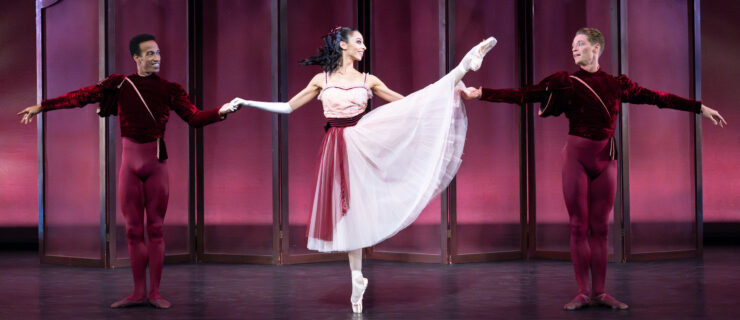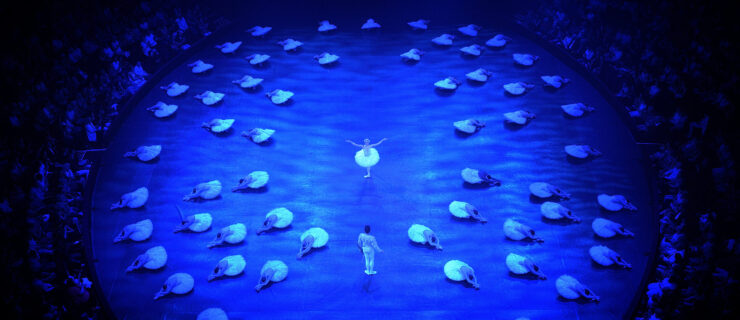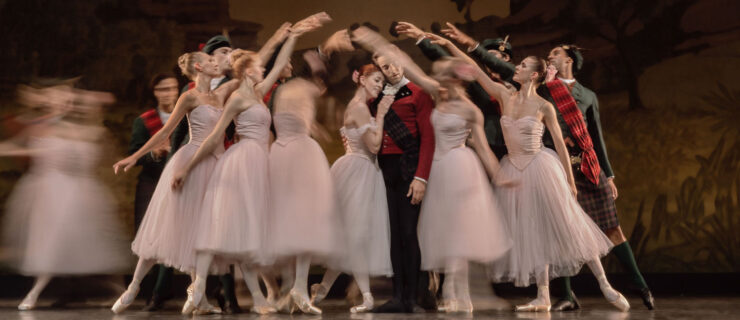Stanton Welch on What's Missing from Ballet Training Today
In our August/September issue,
Pointe asked a handful of directors what they feel is missing from pre-professional training today. The group found many holes—from a lack of professionalism to a need for more articulate pointework. Here, Houston Ballet artistic director Stanton Welch offers his view.
There are definitely companies in the world that are having to retrain the kids from their schools in order to use them in the company. I think the second company system has been one of the most successful programs. In HB II, for example, the kids learn how to perform, tour and behave in a company. They get choreographed on a lot and get to choreograph themselves. I think a lot of the second companies are starting to concentrate on making sure their dancers have contemporary and pas de deux work. At Houston Ballet, suddenly they’ll be standing in front of someone from the Kylián Foundation setting a Kylián work. But if they’ve been through our second company, they know what Kylián is; they’ve done it, they understand it.
The first time I ever danced to a live orchestra
as a professional dancer was with Australian Ballet. HB II performs with a live orchestra several times a year in their own performances. They learn everything from Pilates to dance history to acting, mime, pas de deux, character, tap, jazz, singing and hip-hop. The HB II dancer also produce the school’s level 7 and 8 performance, doing everything from stage management to wardrobe.
I love that directors from companies all over have danced Kylián, Balanchine, Duato, Petipa, Robbins. Twenty years ago, dancers were very limited to dancing repertoire specific to their company. Now there are many more of us with a much broader definition of what dance and ballet is. Students need to be prepared for that because finally that break between ballet and contemporary is gone. It’s just dance.





